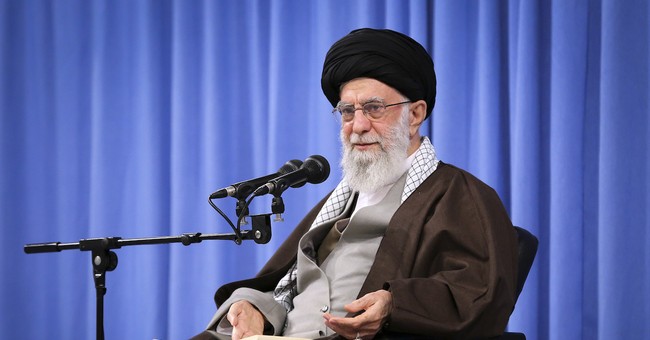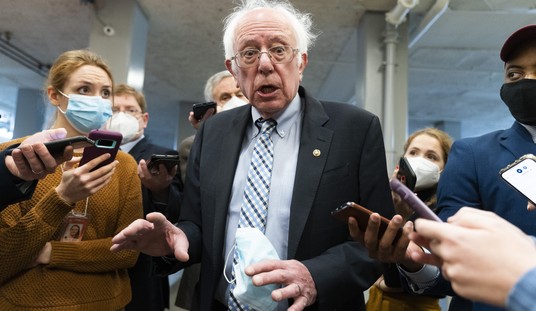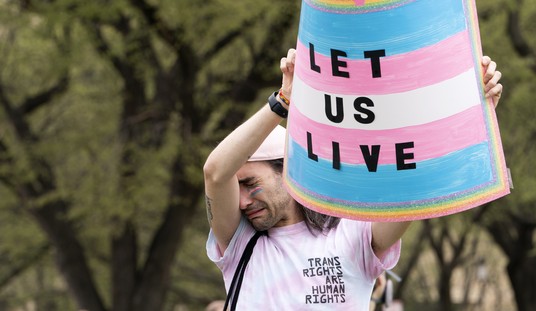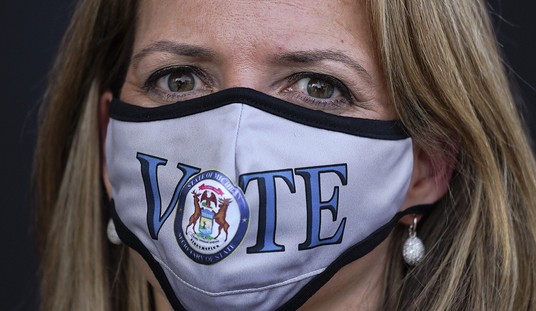
As of Tuesday, Iran had officially recorded 6,685 deaths from coronavirus since the first domestic outbreak was acknowledged on February 19. The rate of increase in this figure has barely diminished in the month since the Iranian regime began reopening the domestic economy. This alone is a clear sign that the policy was implemented with careless disregard for the welfare of the Iranian people. But the image of that carelessness becomes much more vivid when one considers that the official figures are, and always have been, severely out of step with reality.
In a recent article highlighting the extreme challenges faced by Iranian doctors and nurses during this pandemic, the Associated Press confirmed that Iranian authorities have been exerting pressure on medical professionals in order to extend their cover-up of the full impact of the public health crisis. Substantial proportions of the deaths that can be attributed to Covid-19 are instead being listed as deaths from cardiac arrest or unspecified respiratory problems. And in support of this tactic, the Health Ministry has advised against even testing critical cases for the virus.
All of this is designed to continue a pattern of disinformation that started long before the regime’s first public statements about the pandemic. Although roughly a dozen fatal cases were reported by the end of February, evidence suggests that the virus was spreading inside Iran more than a month earlier. An intelligence network affiliated with the People’s Mojahedin Organization of Iran (PMOI-MEK) obtained documents confirming this fact in March, as part of an ongoing project to trace the infection rate and death toll while holding the Iranian regime to account for disastrous policies and disinformation.
The National Council of Resistance of Iran (NCRI), reported on Tuesday that the actual number of fatal cases had exceeded 41,700, more than six times the regime’s official figures. That report strongly underlined warning that the coalition had offered in the preceding weeks about the potential impact of Tehran prematurely declaring victory and easing restrictions on commercial activity and social relations. Shortly after that easing began on April 11, one statistical model said the government’s measures could lead to the country exceeding a death toll of 60,000 by the end of May.
The latest independent reports suggest that this dire warning is well on its way to being proven true. And even the official communications emanating from Iran are beginning to acknowledge the possibility of a catastrophic resurgence in infections. Naturally, though, many of those communications elect to blame the Iranian people for their own suffering, rather than entertaining the notion that there is any fault in the strategic priorities outlined by the regime’s Supreme Leader Ali Khamenei.
It is safe to say that those priorities are both economic and religious in nature. At the same time as more and more domestic commerce is being phased back in, the regime is planning to reopen mosques throughout the country for three nights in the coming week, as Muslims continue to honor the holy month of Ramadan. But this had already happened on a more limited basis at the beginning of May, with ordinary public worship resuming in one-third of the country’s administrative districts.
Attentive readers will no doubt observe that the gap between the earlier and later re-openings is far shorter than the 14-day incubation period for Covid-19, which is famously capable of spreading among asymptomatic carriers. This is as clear an indicator as anyone should need to see that Iranian authorities have no interest in assessing the impact of their earlier measures before pressing ahead with more of the same. The regime has committed to a course of action laid out by the supreme leader, and no amount of death among its citizenry is likely to stop that plan.
In fairness, some officials have stated that social distancing measures could be put back into place if things go badly. But even these statements generally have the appearance of empty threats, tailored more to preparing the public for another surge of fatalities than affirming the government’s responsibility for public health.
“At any time, we can go back to bad circumstances,” Health Minister Saeed Namaki said on state television on Tuesday. But he immediately clarified that such outcomes would only be the result of public “negligence.” Mistakes of government policy or errors in judgment by the supreme leader are unthinkable, or at least unutterable.
That is the principle that is now being applied to the situation in Khuzestan, which has seen a 200 percent increase in new Covid-19 cases since the economy’s reopening began a month ago. One county in that province is now under a renewed lockdown, but Deputy Health Minister Alireza Raisi clarified that the government had ordered this reversal only in response to “non-compliance” with established protocols.
Raisi also stated that similar measures could be undertaken in other regions of the country. But at no point did he or any other official allow for the possibility that re-opening plans would be shelved or reversed on a broader scale. It stands to reason that wherever there is an increase in new cases in which the government is not able to sweep under the rug, the public will be blamed for its own suffering. Meanwhile, any time the regime is able to convince its supporters that the situation is under control, it will waste no time in giving credit to Khamenei’s divine wisdom.
This may be the expression of sincere religious devotion, or it may simply be paying lip-service to a dictator. But in either case, the result for the Iranian people will be the same. Unless the true impact of re-opening plans is plainly exposed for all to see, they will proceed in one way or another in every corner of the Islamic Republic, defying scientific evidence at every turn. The consequences in terms of human life, already well into the tens of thousands, could then stretch into the hundreds of thousands before nature brings this situation under control.













Join the conversation as a VIP Member